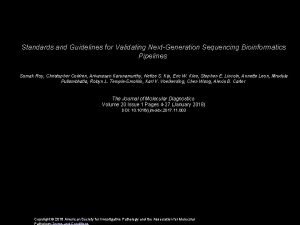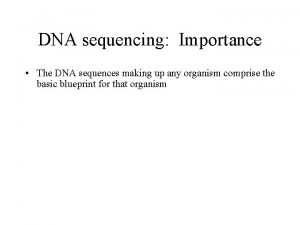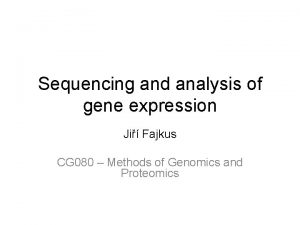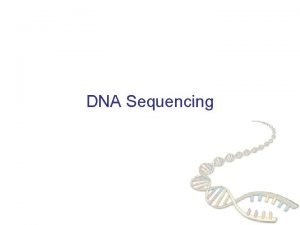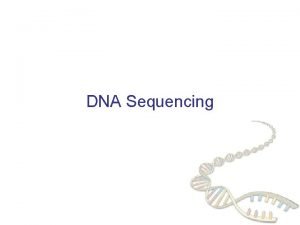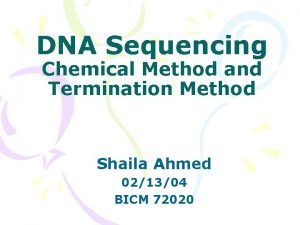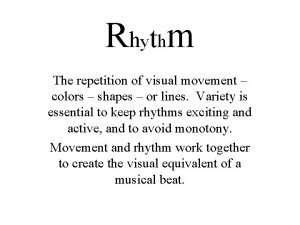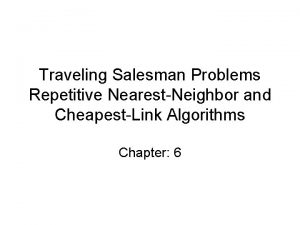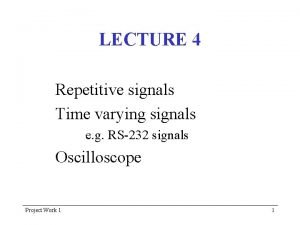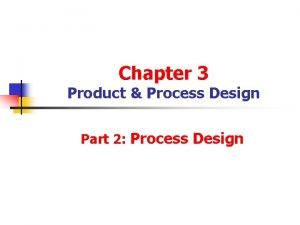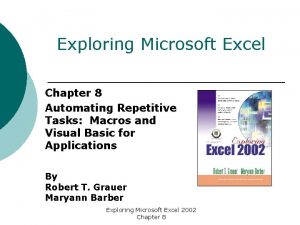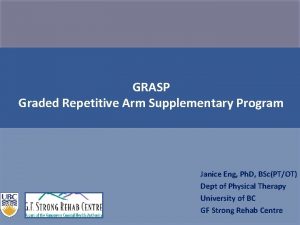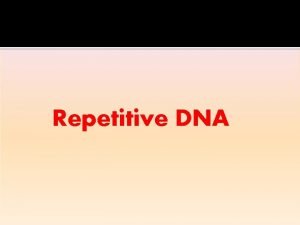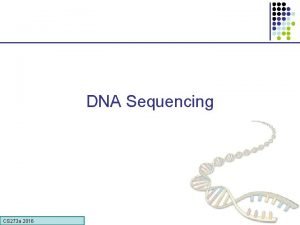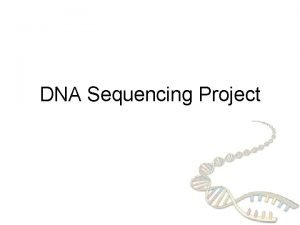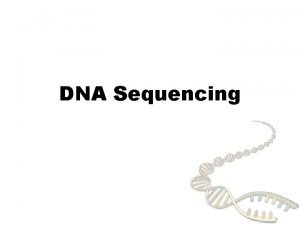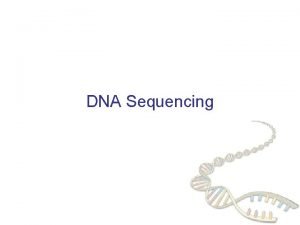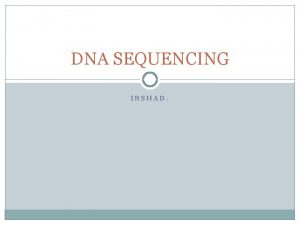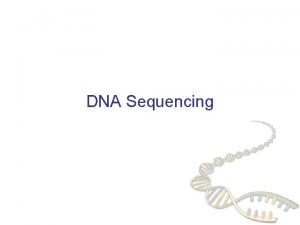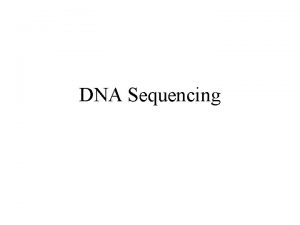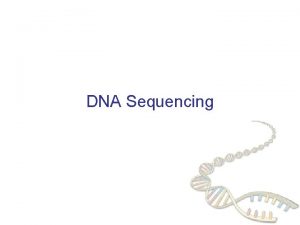Repetitive DNA and nextgeneration sequencing computational challenges and

















- Slides: 17

Repetitive DNA and nextgeneration sequencing: computational challenges and solutions TJ Treangen, SL Salzberg Nature Reviews Genetics, 2011 Chen Bichao

Scope 1. Introduction of Repetitive DNA 2. Mapping Assembly 3. De novo Assembly 4. RNA-Seq 5. Conclusions

Introduction of Repetitive DNA

Repetitive DNA in the human genome

Mapping Assembly

Mapping assembly---problems

Mapping assembly---mapping strategies § Discard all multi-reads § § Best match approach § § Might result in biologically important variants being missed. Will provide a reasonable estimate of coverage. Report all alignments § Avoid making a possibly erroneous choice about read placement.

De novo Assembly

De novo assembly---problems § Repeats that are longer than the read length create gaps in the assembly. § § Human genome has millions of copies of repeats in the range of 200 -500 bp An assembler can not distinguish the repeats § § § Create graphs and traverse them to reconstruct the genome. (de brujin graph) Repeats cause branches in the graph Guess or break

De novo assembly---strategies § Using mate-pair information

De novo assembly---strategies § Using mate-pair information

De novo assembly---strategies § Using mate-pair information

De novo assembly---strategies § Using mate-pair information § Compute statistics on the depth of coverage § § § Assume the genome is uniformly covered Identify the repeats Combination of strategies

RNA-Seq

RNA-seq---problems and strategies § Read splicing § § § Aligning a read to two physically separate locations False positives Strategy for spliced alignment § § Longer sequences align on both sides of each splice site, doesn’t work on fusion genes Exclude any read with more than one (or N) alignment(s) § Estimate gene expression level § Strategy for estimating gene expression § Distribute multi-reads in proportion to the number of reads that map to unique regions of each transcript

Conclusions § Mapping assembly § § De novo Assembly § § Paired-end information RNA-seq § § Best match Allocate multi-reads based on statistical information to estimate expression level Future § § § Increased read length Role in disease, Gene function, Genome structure, evolution Longer paired-end libraries improved contiguity in potato genome

Thank you. Q&A
 Guidelines for validation nextgeneration
Guidelines for validation nextgeneration Sanger
Sanger 3rd generation dna sequencing
3rd generation dna sequencing Helioscope sequencing
Helioscope sequencing Contigs
Contigs Dna sequencing
Dna sequencing Dna sequencing applications
Dna sequencing applications Process oriented layout example
Process oriented layout example Regular rhythm in art
Regular rhythm in art Coding dna and non coding dna
Coding dna and non coding dna Repetitive nearest neighbor
Repetitive nearest neighbor It is a repetitive process in which algorithm calls itself.
It is a repetitive process in which algorithm calls itself. Auto mode
Auto mode Make to order
Make to order How to automate repetitive tasks in excel
How to automate repetitive tasks in excel Janice eng
Janice eng Drafting icons
Drafting icons Struktur dasar algoritma repetition
Struktur dasar algoritma repetition
